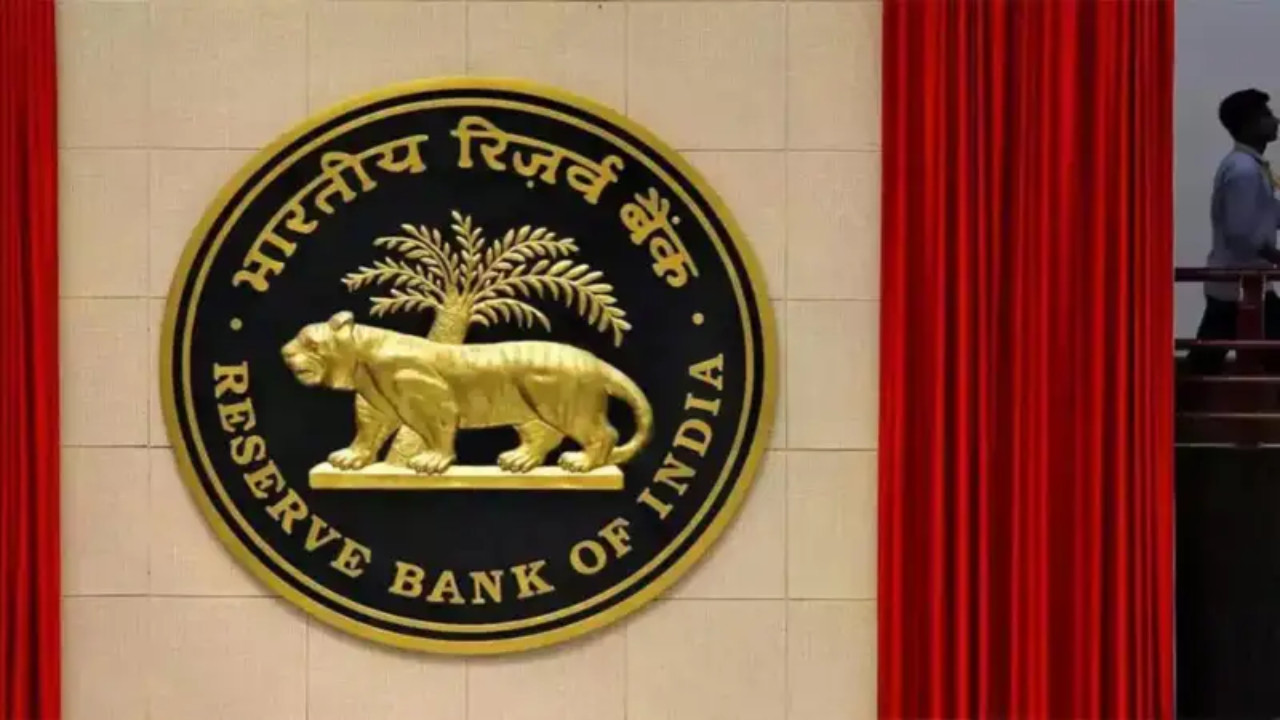The Wild West of Finance: Is the RBI About to Tame the NBFCs?
Okay, let’s be honest. The world of Non-Banking Financial Companies (NBFCs) can feel a bit like the Wild West of finance. Think fast-moving money, innovative lending strategies, and, well, sometimes a little bit less oversight than your traditional bank down the street. For years, they’ve played by slightly different rules, offering a vital service to underserved populations and businesses. But is the party about to change? It sounds like the Reserve Bank of India (RBI), the sheriff of our financial town, is thinking about tightening the reins.
Word on the street is that the RBI is seriously considering leveling the playing field by bringing NBFC rate-setting practices closer to those of banks. Now, this isn’t just some bureaucratic tinkering. This could be a game-changer, impacting everything from your personal loan rates to how easily small businesses can access capital.
Why the sudden interest in harmonizing the rules? Well, for a while now, there’s been a growing awareness of potential loopholes and inconsistencies in the current system. The goal, it seems, is to create a more level playing field, minimize risks, and ensure the overall stability of the financial system. Think of it as patching up the cracks in the financial foundation before they become bigger problems.
Currently, banks operate under pretty strict guidelines when it comes to setting interest rates on loans. They’re tied to their cost of funds – the rate they pay to borrow money themselves – and have to factor in things like operating expenses and regulatory requirements. NBFCs, on the other hand, have enjoyed a bit more flexibility. While they’re subject to some regulatory oversight, their rate-setting mechanisms have been somewhat less standardized.
This difference, while fostering innovation and allowing NBFCs to cater to specific niche markets, has also created opportunities for arbitrage and potentially higher risk-taking. Think about it: if one institution has fewer constraints on how they set rates, they might be tempted to offer riskier loans at higher interest rates to boost profits. This, in turn, can create vulnerabilities, especially when economic conditions turn sour.
So, what exactly might this “bank-like” framework for NBFCs entail? While details are still emerging, the buzz suggests the RBI is looking at measures that would link NBFC lending rates more closely to their cost of funds and establish greater transparency in how these rates are determined. This could involve benchmarking lending rates to some external reference point, similar to how banks operate.
Now, before you start picturing NBFCs becoming clones of banks, it’s important to remember that these institutions play a unique and crucial role in the Indian financial landscape. They often serve customers who might be overlooked by traditional banks, providing access to credit in areas where banks are less prevalent. They also tend to be more agile and innovative, developing specialized lending products tailored to the needs of specific industries or communities.
What’s at stake here? Ultimately, it’s about building a more resilient and inclusive financial system that benefits everyone. A more standardized and transparent rate-setting framework for NBFCs could lead to greater consumer protection, reduced risk of financial instability, and a more level playing field for all players in the lending market.
However, the implementation will be key. It’s crucial that the RBI consults closely with NBFCs and other stakeholders to develop a framework that is both effective and practical. The goal shouldn’t be to cripple NBFCs, but to help them thrive within a more robust and sustainable regulatory environment.
The coming months will be interesting to watch as the RBI navigates this complex landscape. The future of NBFCs, and their role in India’s financial system, could depend on how well they strike this delicate balance. It’s a story that’s unfolding, and it’s one worth keeping a close eye on. This isn’t just about finance; it’s about the future of access to credit and the stability of the Indian economy. And that affects all of us.
📬 Stay informed — follow us for more insightful updates!







